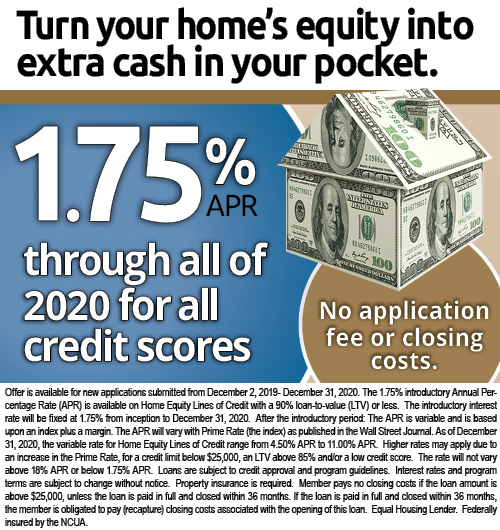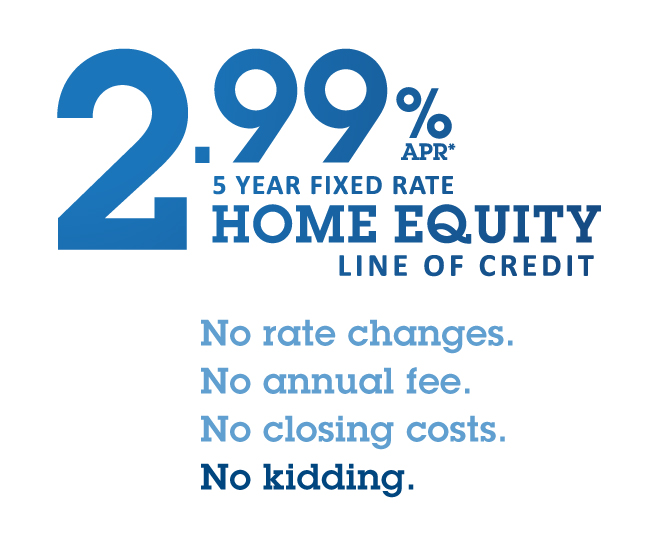Table of Content
If you take out a home equity loan, you will probably have to pay some type of loan origination fee. Interest rates are also generally higher for second mortgages and home equity lines of credit than for the original mortgage. After including these transaction costs, the amount of home equity you can really use is lower than the amount you have in theory. If you’re looking to refinance, first calculate your current LTV ratio and compare it to the maximum allowed for the refinance loan that interests you. For this calculation, you’ll need to know how much you still owe on your mortgage, say $200,000 on a home worth $300,000.

The basic FHA mortgage insurance program is Mortgage Insurance for One-to-Four-Family Homes (Section 203). FHA lenders typically accept borrowers with LTVs of up to 96.5%—meaning a down payment of as little as 3.5%. This is because the program is designed for first-time buyers who may have less cash available for a down payment.
Significance of Loan to Value Ratio for Home Equity Loans and HELOCS
He has been writing since 2009 and has been published by "Quicken," "TurboTax," and "The Motley Fool." Multiply the result by 100 to calculate your LTV ratio as a percentage. Unlock helps everyday American homeowners that have been left behind by the traditional home and finance system. Stand out and gain a competitive edge as a commercial banker, loan officer or credit analyst with advanced knowledge, real-world analysis skills, and career confidence. LTVs range rather considerably and are largely determined by the lender’s risk appetite and the nature of the underlying asset.

They may decide that their best course of action is to stop making payments and let the home go into foreclosure, even if it will hurt their credit. Is also unsecured debt that will have a higher interest rate than a home equity loan, but you won't be at risk of foreclosure and you may benefit from credit card rewards programs, too. Your refinance application is more likely to be approved if your LTV ratio is low, because lending to someone with a low ratio is less risky for lenders. A better LTV ratio can also land you better terms on your refinanced mortgage. A home equity line of credit lets you borrow against the equity in your home, but it differs from a home equity loan. With a home equity loan, you borrow a set lump sum that you repay with a fixed interest rate and a fixed payment.
What is a good LTV ratio?
The maximum amount a lender will offer you is typically 80% to 85% of your combined loan-to-value ratio—a measure of the difference between the value of your house and how much you are borrowing. In this article, we’ll explain how this is calculated, highlight some other factors that can affect your maximum loan amount, and show you how to calculate your own maximum amount. A LTV ratio is only one factor in determining eligibility for securing a mortgage, a home equity loan, or a line of credit. However, it can play a substantial role in the interest rate that a borrower is able to secure. Most lenders offer mortgage and home-equity applicants the lowest possible interest rate when their LTV ratio is at or below 80%. The loan-to-value ratio is an assessment of lending risk that financial institutions and other lenders examine before approving a mortgage.

Just know that the company could still charge you a higher interest rate, which will cost more in the long run and could defeat the purpose of refinancing. A Federal Housing Administration loan is a mortgage that is insured by the FHA and issued by a bank or other approved lender. Having PMI on your first mortgage can also potentially limit the size of your home equity loan because PMI increases your debt load, meaning you can afford to borrow less on a new loan.
What a Loan-to-Value Ratio Means When Purchasing Real Estate
As each lender sets its own rates and terms, comparison shopping is important in this market. Both LTV and home equity values are subject to fluctuations when the market value of a home changes. Millions of dollars in supposed home equity were wiped out during the subprime mortgage meltdown of 2007–2008. Indeed, home prices saw global price increases through 2021 due to the stay-at-home policy and people looking for bigger homes to fit their work, schooling, and life. Also, the growing work-from-home policies adopted by companies that might extend beyond COVID have incentivized many families to move to the suburbs from the city.

For example, if your lender will allow a 95% ratio, the calculator can draw that line for you, in addition to the other three. This home equity loan calculator makes it easy to determine what you can borrow, as well as showing how that amount would vary if the appraised value of your home is more or less than you expect. The amount you can get in a HELOC loan is dependent on your current home equity and the loan-to-value level that your lender is ready to offer.
Conventional mortgage loans—mortgages that aren’t backed by a government program—may require a lower LTV ratio. If you want a conventional loan without having to pay mortgage insurance, you may need to put at least 20% down and have an LTV of 80% or lower. There are also conventional loans with a maximum LTV of 95% to 97%, but they may require PMI. You can take out a home equity loan on a rental property, but doing so means you'll have to pay three mortgages every month.

Just as your eligibility for a home equity loan would with a first mortgage, it may depend on your employment history, income, and credit score. These factors may also affect the interest rate you are offered on your loan because a lower credit score suggests you are at a higher risk of defaulting on the loan. FHA loans are mortgages designed for low-to-moderate-income borrowers.
Home equity loans and HELOCs use the equity you own in your home as collateral. Because these loans are secured against the equity value of your home, lenders are able to offer extremely competitive interest rates, usually close to those of first mortgages. And just as your bank or credit union would with first mortgages, it will underwrite the loan based on the value of your equity.

This type of loan can require as little as 3.5% down payment, but these loans may require a Mortgage Insurance Premium which can last for the life of your loan, regardless of your LTV. In addition, FHA loans may have stipulations regarding home equity loans. For these reasons, many home owners use an FHA refinance once they have a certain amount of equity in the home. Another important factor for lenders is the combined loan-to-value ratio, or CLTV. This is the combined ratio of all loans secured by your home to the assessed value of your home. While LTV considers your primary mortgage loan only, CLTV considers all mortgages — including the one you’re applying for.
This number can tell you if you're eligible to refinance, how much equity you could cash out, and whether you'll have to pay for private mortgage insurance on your new mortgage. If you refinance into a conventional loan with an LTV ratio above 80%, you'll need to pay for private mortgage insurance. A home equity loan will increase your LTV and likely extend the amount of time you're under the burden of PMI.



No comments:
Post a Comment